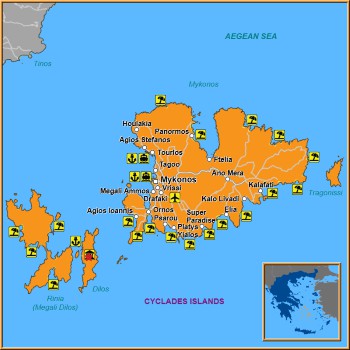The Cycladic beauty of Mykonos boasts not only its bustling beaches and vibrant nightlife but also a hidden gem nestled in its embrace – the mystical Dilos, also known as Delos. This captivating islet, άλος in Greek, sits a mere 9 kilometers away from the heart of Mykonos, offering a portal to ancient history and tranquil beauty.
Exploring the Enclave: Nearby Marvels
While Dilos holds its allure, its proximity to other fascinating locales like Rinia Island, Agios Ioannis, Ornos, Psarou, Platys Yialos, Megali Ammos, and Vrissi adds a kaleidoscope of experiences. Each of these spots bears its own unique charm, promising exploration and immersion into the Aegean's captivating culture.
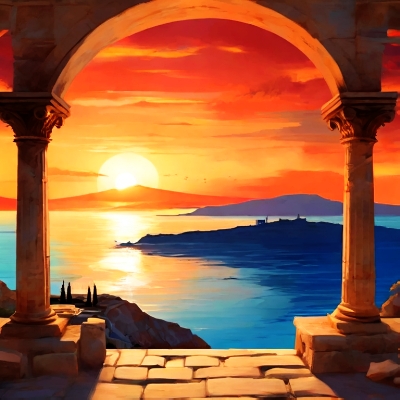
Unveiling the Wonders of Dilos
Stepping onto Dilos feels like stepping back in time. This cradle of ancient civilization is a UNESCO World Heritage site, boasting remnants of temples, ancient houses, and stunning mosaics. The Terrace of the Lions, the Sacred Lake, and the Archaeological Museum are just a glimpse into the rich tapestry of history etched into this islet's soil.
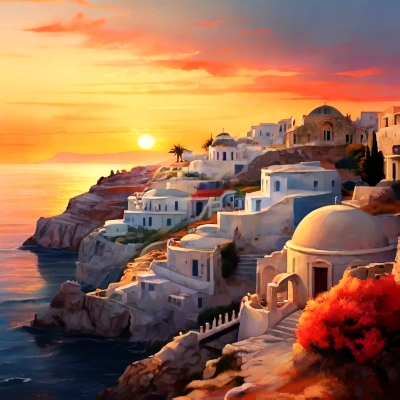
Activities and Attractions
Visitors can wander the pathways of history, imagining the lives of ancient Greeks amidst the remnants of temples dedicated to Apollo and Artemis. From exploring the House of Dionysus to marveling at the intricate floor mosaics, each step unravels a story frozen in time. For enthusiasts of history and archaeology, Dilos is an unparalleled treasure trove.
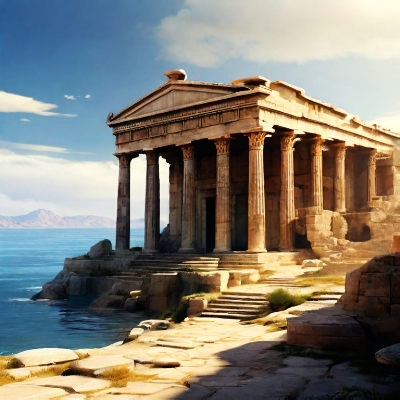
Beyond Dilos: Practical Information
For those venturing to Dilos, ferries operate regularly from Mykonos. Remember to carry essentials like water, hats, and comfortable footwear, as the islet might be devoid of amenities. Guided tours are available and highly recommended to unearth the depths of Dilos's history.
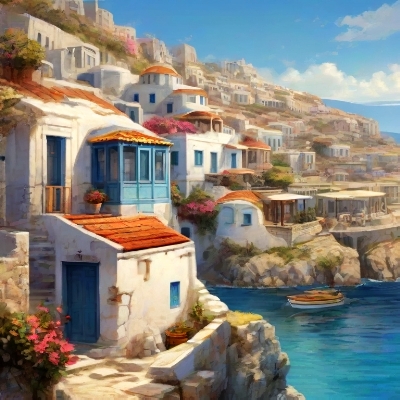
Embrace the Odyssey
Embark on an odyssey through time and beauty, exploring not just the ancient marvel of Dilos but also the charming villages and nearby islands that paint the canvas of Mykonos's splendor. From seaside paradises to archaeological wonders, this corner of Greece beckons the wanderlust in us all.

